Do you know how to write engaging blog posts and why it is important for every blogger?
Engaging posts will make users stay on your website for a longer duration than normal posts. Below we have discussed what are the points that need to be considered while writing an Engaging Blog Post.
No matter how good an article you write, if you write a good Heading, content, and paragraph with a lot of effort from your heart. Still, your article appears on pages 5-6 in Google search.
What could be worse news for a blogger? To make this news good news, you have to write SEO-friendly and engaging articles. If your article also appears on the first page in Google search, if this happens then the traffic of your site will increase significantly.
Increasing traffic is not easy work. If you are a blogger, then you must have understood what are the benefits of having more traffic. So there is nothing to be sad about, let’s know how to write SEO-friendly blog posts.
A. How to Write Engaging Blog Posts?
The full form of SEO is Search Engine Optimization. You are writing an SEO-friendly and engaging article, which means that you are telling Google on which topic your article is written. Through this, you are optimizing the content for the search engine.
Which has numerous advantages the traffic of the site will grow. Searching for your article will come on the first page of Google. There will be more and more visitors. The rank of your site will increase.
All these are its advantages. Through this, the content that the visitors want, the same content can be given to the Google user. Your income will also increase.
1. Keyword Research
The foremost query that must have arrived in your mind what is this keyword is. There is no more rocket science on this.
Whatever Phrase and Sentence you explore in Google is your focus keyword. Like you explore in Google “How to earn money from Blogging”.
Now, this is your keyword. Now the following question arrives which Keyword will be more accurate.
For this, you have to employ tools like Semrush, and Ahref or you can choose a free tool provided by Google whose name is “Google Keyword Planner“.
You can select Keywords in which the competition is very low, and you can rank easily on such keywords.
If you like, you can change keywords according to your need, just inspect the competition with Google Keyword Planner or any other SEO tools.
One crucial thing is to employ a long tail keyword. The benefit of this is, this, you can also index Short Tail Keywords well.
Let me tell you what is this Long tail keyword and what is Short tail keyword. “Best Ads networks available in 2023” is your long-tail keyword. But if you write ad networks or best ad networks then this is the short tail keyword.
I should suggest you work on long keywords having low competition that will push your blog up in ranking and can easily rank on Google.

2. Put a Keyword in the Title
According to the topic on which your article is, you have to select your title. And recall one thing your title should be the keyword of your article.
Never make such an error that your focus keyword is “How to write Engaging blog post” and you are composing something else. So you compose the same in the title of your article.
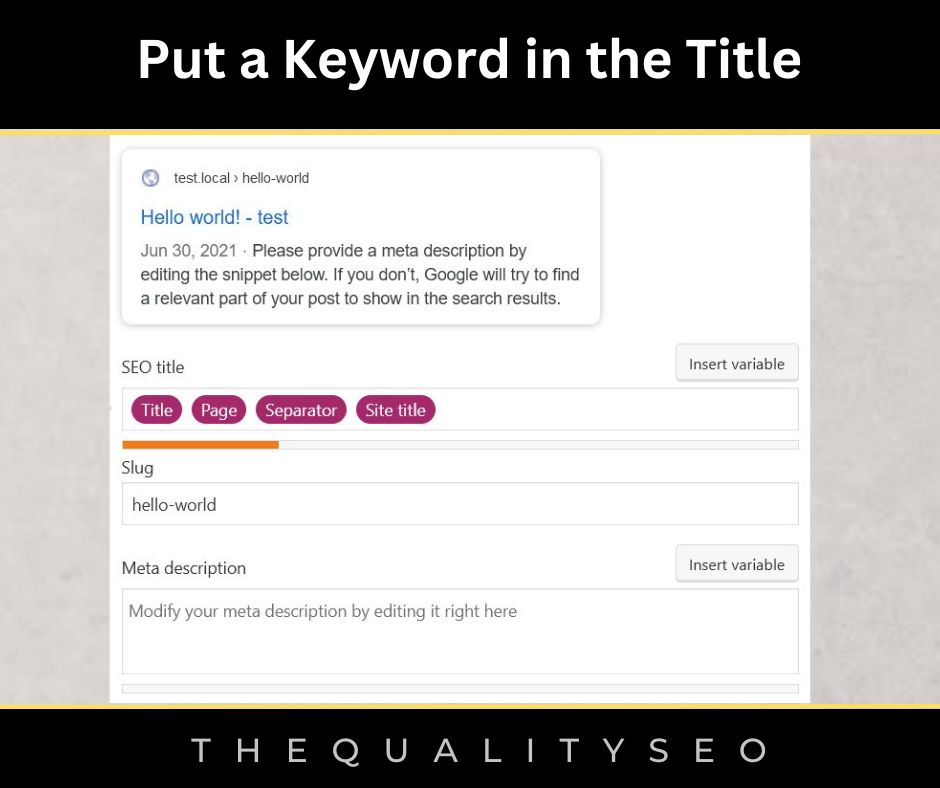
3. Use Keyword in Your First Paragraph
You also need to give attention to this whenever you compose an article, you must employ the keyword in the first paragraph. Which will be useful for SEO.
If you are writing an article i.e. “What is SEO”, then you need to explain it according to the keyword you chose.
I suggest you write “What is SEO” anywhere in the paragraph. But maintain one thing in mind your keyword should be written in a genuine way.
Do not write the keyword frequently deliberately, it is against Google’s Guidelines. This is also called keyword stuffing.

4. Use Image Alt Tag
Any search engine cannot read the image. Rather, you have to tell the search engine that you have used the image and to whom the image is related. You have to enter the name of the image in the Alt tag.
For if there is an image of SEO, then you have to write SEO in the alt tag. This lets the search engine know who the image is. Use the Keyword in the alt tag, it will optimize your article.
You can also use a plugin named SEO Friendly Image. Always compress the image, it will reduce the page load time. Whenever someone does a Google image search, your image can also appear there.

5. Use Heading and Subheading (H2 and H3 Tag)
Using Heading and Subheading is SEO in itself. Always recognize that the Heading lets the users understand what is really written inside the article.
By the way, the Heading and Subheading indicate which Keyword you keep to employ in H2 and H3 tags. But recognize that you should not compose the exact keyword in an exact way, bring some modifications to it, and then compose it.
Like take the example “How to write an engaging Article” Instead of this you can also write “How to write an Article that can engage Users”. You can compose it in the H2 tag as well as in H3.
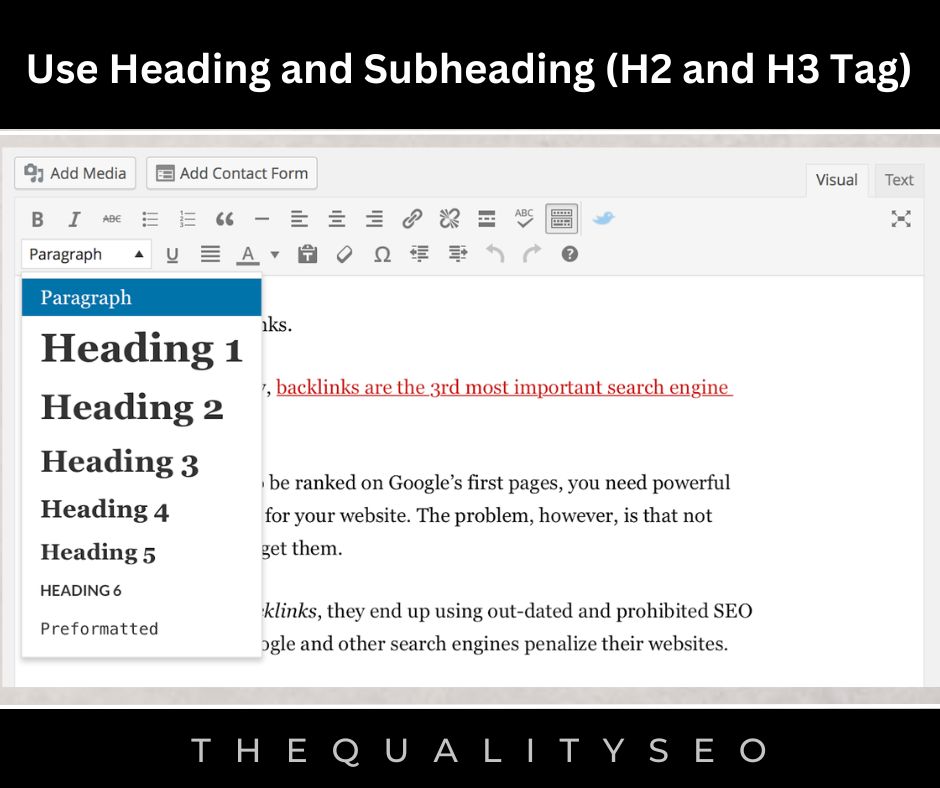
6. Bold the Important and Related Keywords
You can do this job even after composing the post. This is also a good method to compose SEO-friendly topics. In this, you just require to bold the related keywords.
It will be comfortable to focus the search engine on that particular keyword.
(It does not signify that you will make everyone’s text bold). This approach also creates it straightforward for users to discover valuable content in the article.
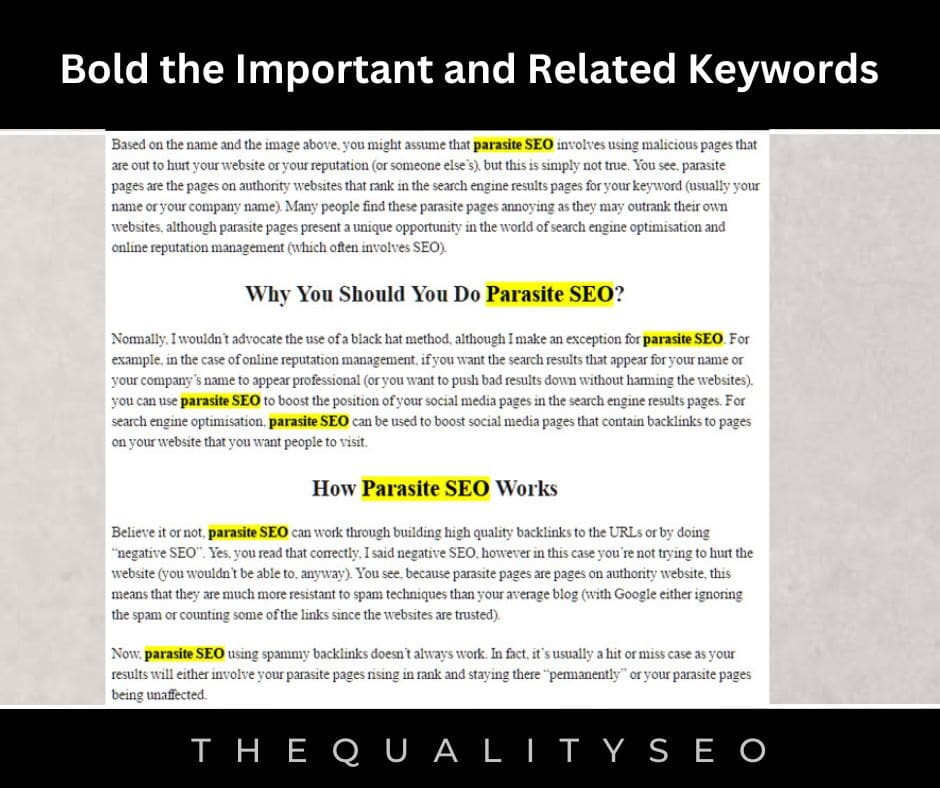
7. 1 to 2 Italic Keywords
Make italics for some words meaning 1 to 2 focus keywords. This will also create a bunch of differences in your post.
Always recognize one thing you do not compose a word or sentence frequently for ranking, otherwise, the visitor will also discover your blog very boring.

8. Outbound Link to High-Quality Sites
You must have noticed that there are some extremely large websites whose CPC, Rank, and Page-rank are also high.
Always Link those sites to your page. You are composing an article whose name is “What is Blogging”, so in this, you can link the word ‘Blogging’ with any other site.
You can provide a link to a URL with the word Blogging and that link can also be from the Wikipedia site. Whenever someone clicks on the word Blogging, it will redirect to the Wikipedia page.
There are numerous websites like Facebook, Microsoft, and Apple, and all of these are high-quality sites. You can link some words of your site with all these. Google believes it very essential.
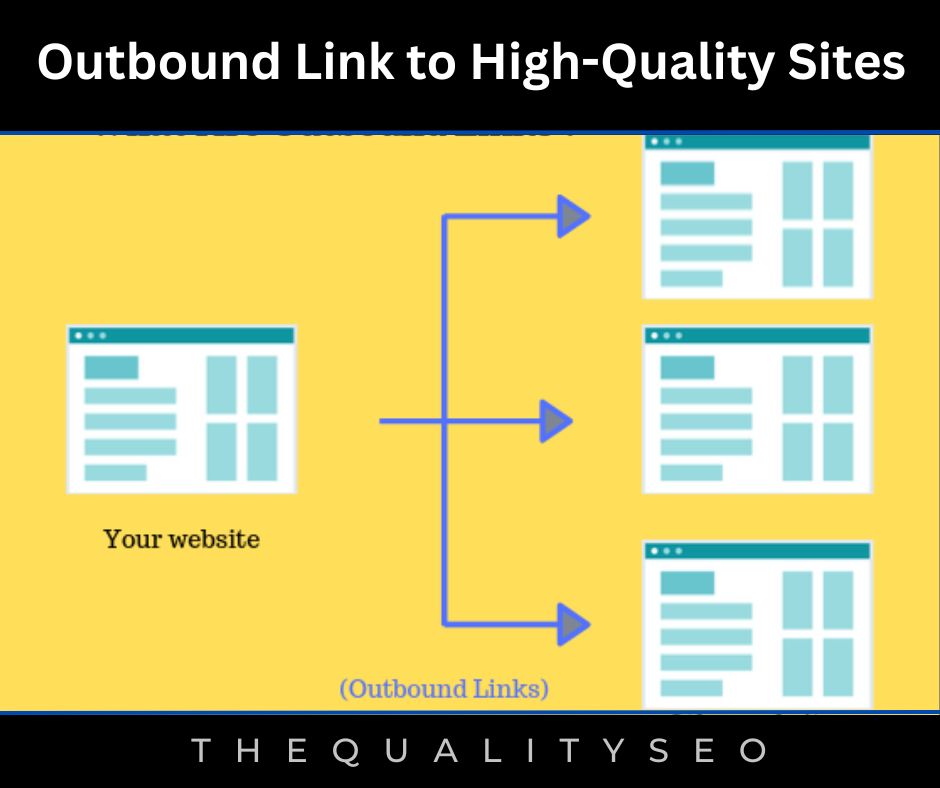
9. Internal Links to Related Articles
Internal Links associated with the article. This means, providing a link to another article in the middle of your own article.
If you have composed Quality articles in your article, then you can provide a link to the post “What is SEO” in the middle, that too will be your written post.
This will be very helpful to increase the engagement of your website. Users will keep reading the second post on your website. The bounce rate will also stay unchanged.
This was some information about internal links.
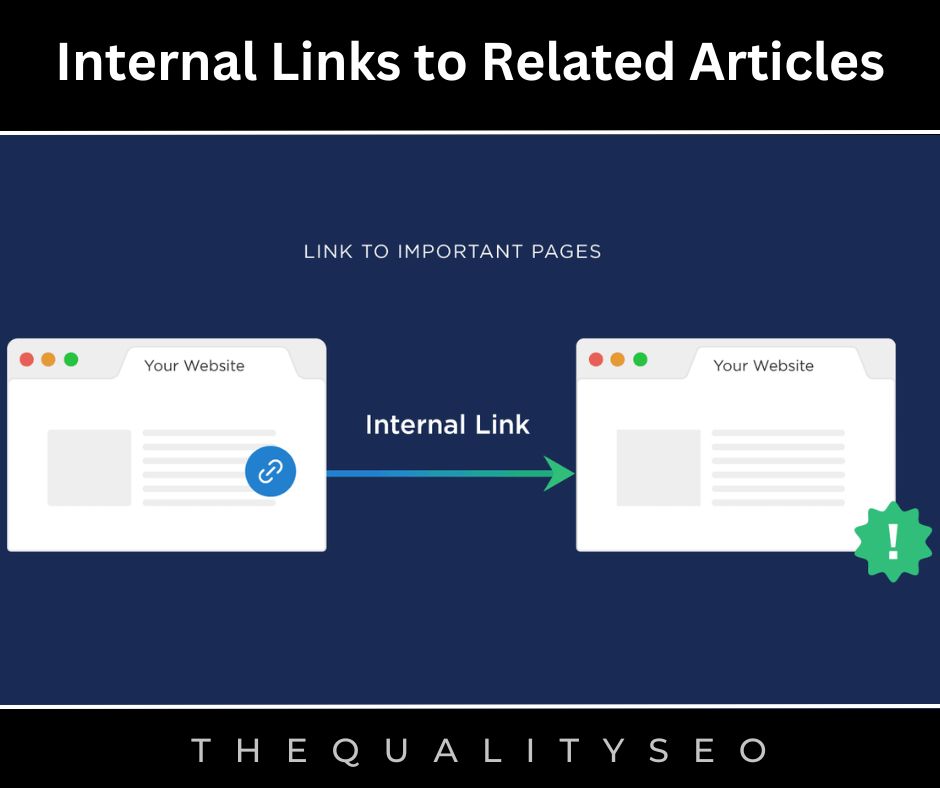
10. Write High-Quality Content
Use SEO, Keywords as much as you want, but if you do not write for the user then there is no use.
I mean you always write Quality content means relevant content, User readable content, and complete content. You write in such a way that after reading the user thinks that he got what he wanted.
You should also pay attention to the article’s length. Just write an article of 700 words. When you write quality content, then forget about SEO, just everything should come out of the heart, that’s what Google likes.
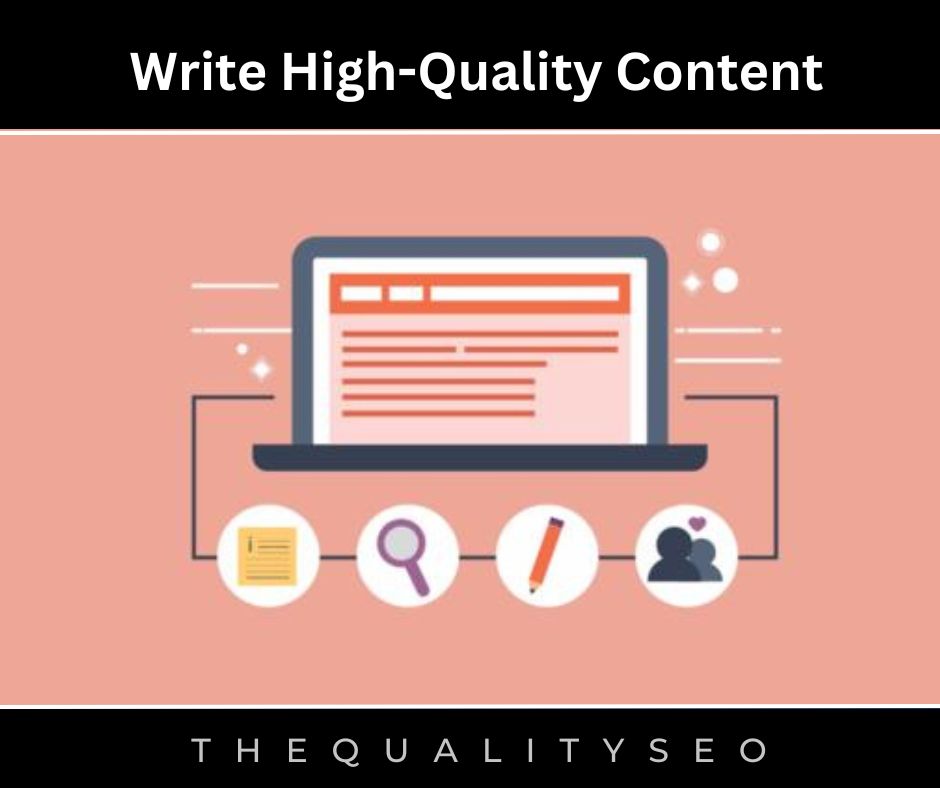
11. Blog URL
Blog URL is very significant for Search Engines to Optimize the article and visitors don’t like to visit the article the whole URL looks suspicious. Give such a URL that only contains a Keyword so that user and click on it without any doubt.
Take an example https://blog.thequalityseo.com/how-to-promote-your-blog/
This is the best example blog URL should be something like this.
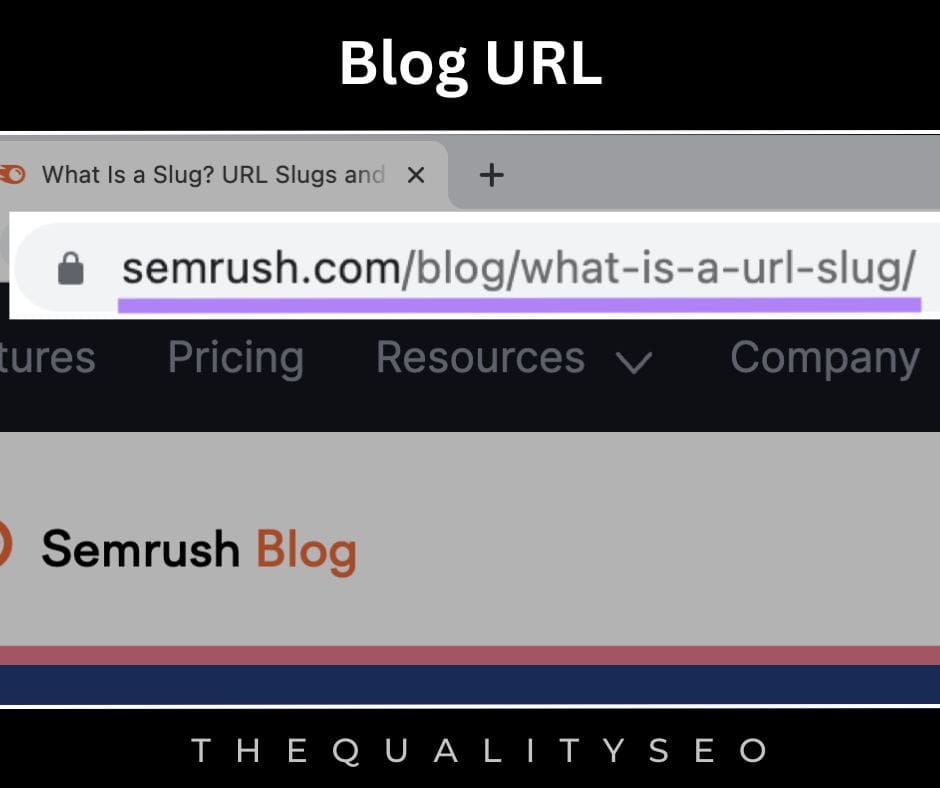
12. Use Meta Description
In Meta Description, you have to summarize the whole article. Whenever you publish the post, first of all, you should see the Meta Description onetime.
In this, you have to utilize those keywords that you have employed in the Heading, Title Description, and subheading of your post. This suggests Google about whom your article has been composed. This also creates it effortless for Google to crawl.
This description should be around 140-150 words. You should never duplicate another’s Meta Description. Related keywords should forever be utilized. Write a Meta Description in the middle of the head tag in WordPress.
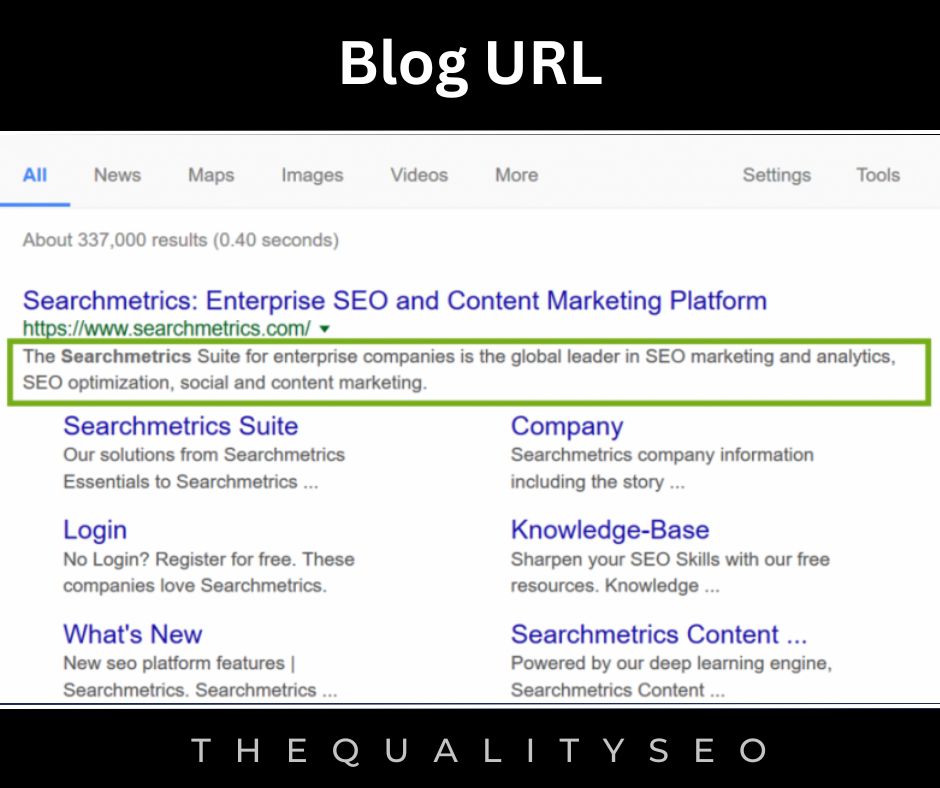
13. Pay Attention to Important Keywords
Bold and Italic the essential and related keywords in the article. This is also a good practice to compose SEO-friendly Blog posts/articles. This will allow the search engine to aim at the keyword of your article.
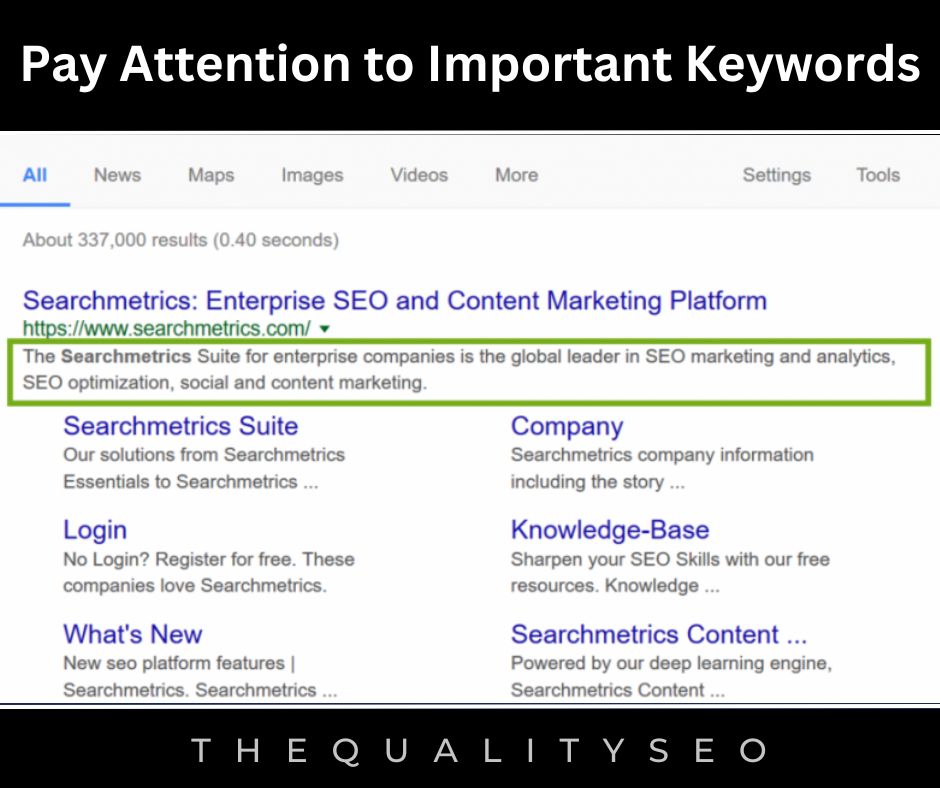
14. Add FAQ
It is observed that FAQ helps a lot in increasing traffic and engagement of traffic and it provides answers to the user that they are facing. Always Don’t forget to provide FAQ in your post to make the post more engaging.
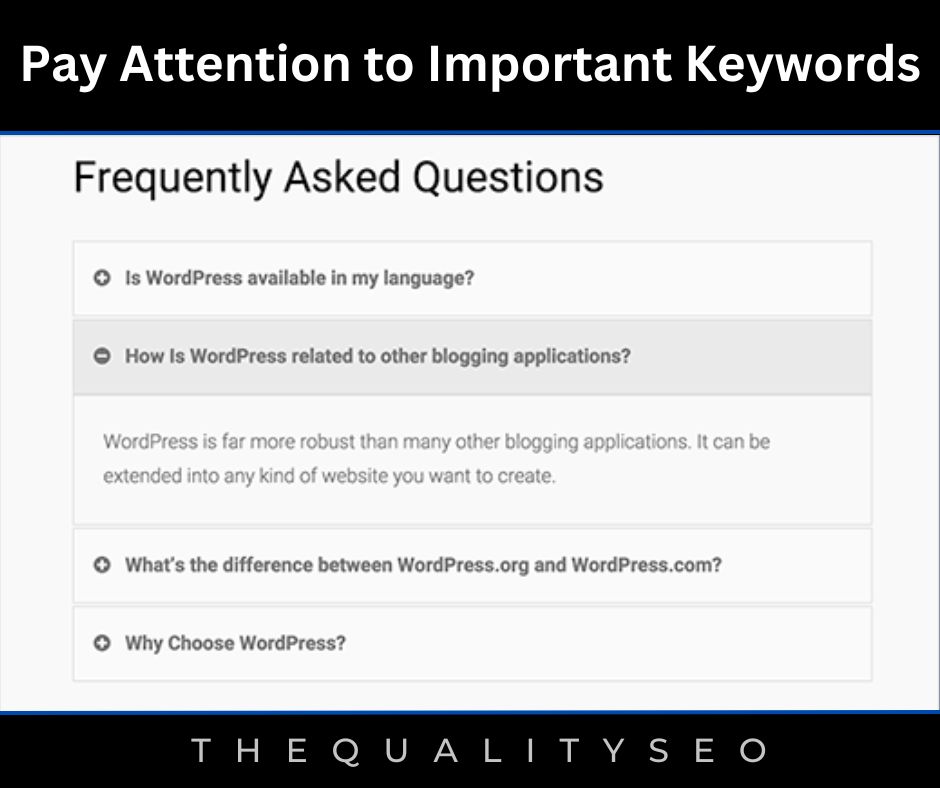
15. Provide Attractive Images and Infographic
Images help user to understand your post more clearly and engage your audience for a longer time. So, whenever you write an article don’t forget to add images and infographics that will make your content rank easily on Google.
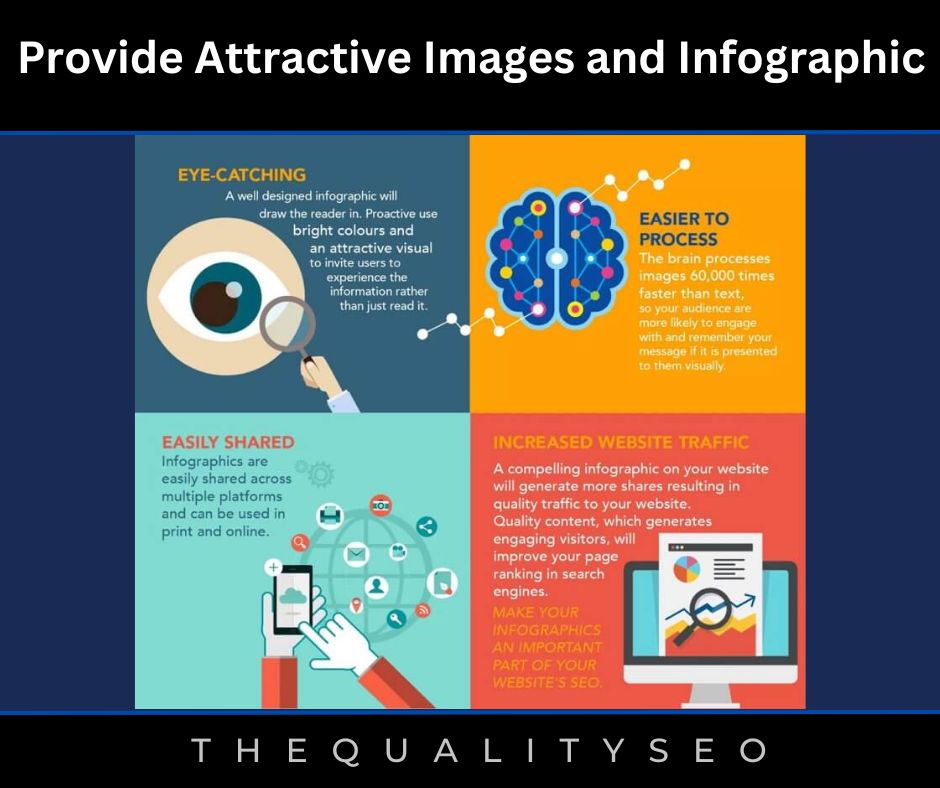
This was for the How to Write Engaging Blog Posts.
Read Also: White Screen of Death

